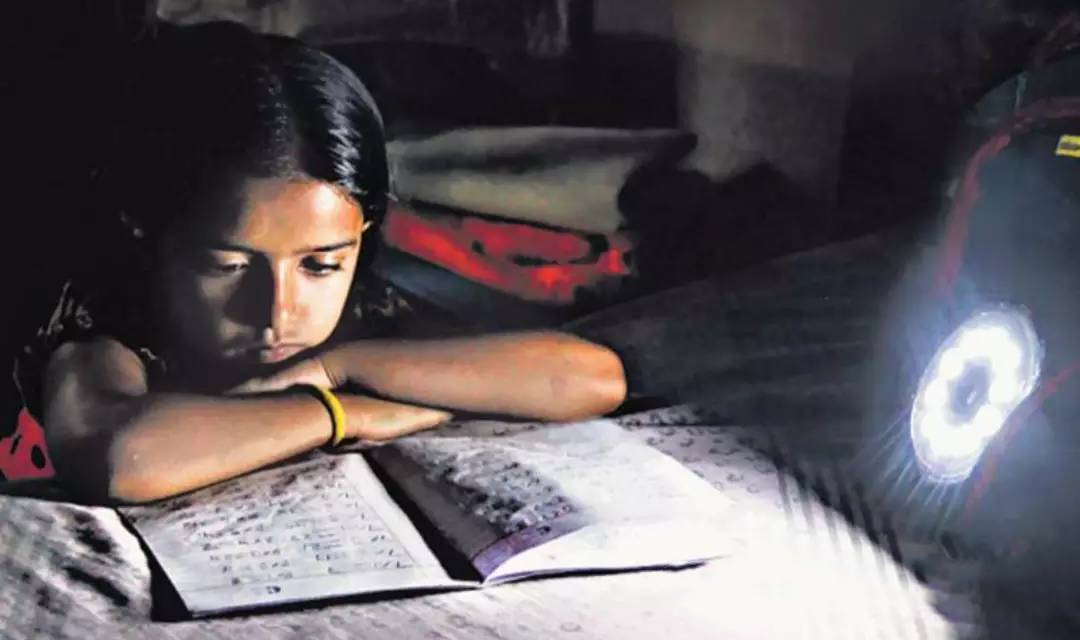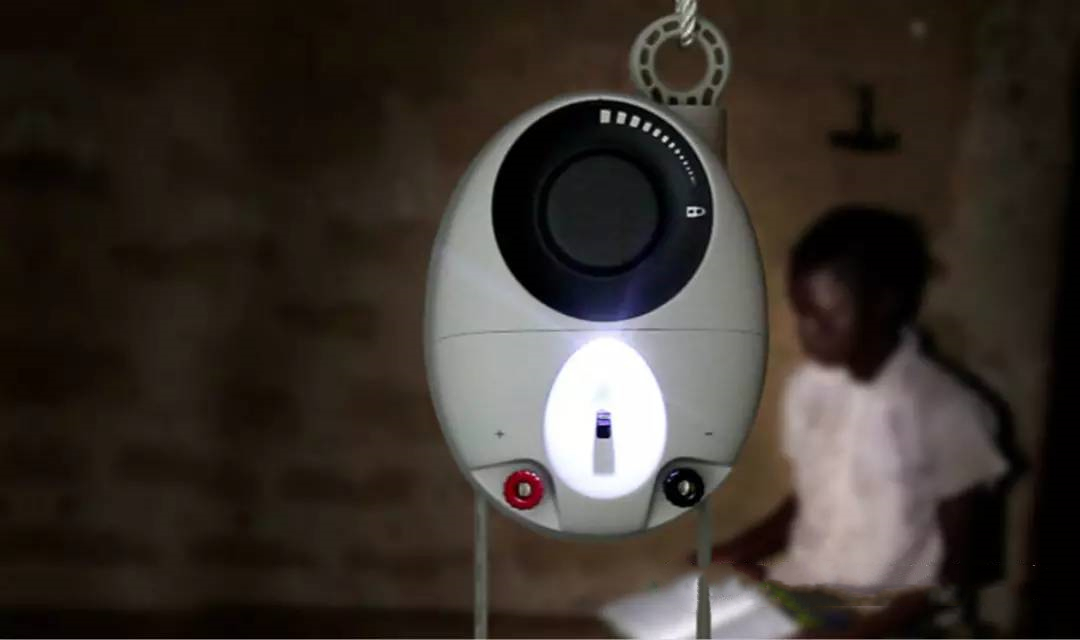Your laptop is your partner. It can work with you, watch dramas, play games, and handle all the connections related to data and network in life. It used to be the terminal of home electronic life. After four years, everything is running slowly. When you knock your fingers and wait for the web page to open and the program to render, you consider that the four years are long enough, and decide to change a new device.
Lithium ion batteries power everything these days from smartphonesto electric cars. They’ve been a great advance in portable power storage. Onthe downside, their spread also makes a big contribution to electronic wastedumps often found in developing countries.
You think that after you empty the hard disk data, it is considered to have completed its mission of life, and of course it should enter the waste station. What you don’t know is that in the next time, it can work for 4 hours a day to provide lighting for an LED lamp for a whole year, and this LED lamp may be placed in a slum that has never been electrified, providing lighting through a rat bite resistant wire.
But IBM scientists in India may have come up with a way to decreasethe numbers of discarded batteries while also bringing electricity tounderserved parts of the world. They developed an experimental power supply,called the UrJar, consisting of reusable lithium ion cells salvaged fromthree-year-old laptop battery packs.
For a study of the technology, the researchers enlisted streetvendors who had no access to grid electricity. Most users reported goodresults. Several of them used the UrJar to keep an LED light going for up tosix hours daily. For one participant, the power supply meant keeping the business open two hours later than usual.
IBM presented its findings the first week of December at the Symposium on Computing for Development in San Jose, California.
The UrJar isn’t ready for the market quite yet. But it shows thatone person’s trash could literally light up someone’s life halfway around theworld.
This is what IBM needs to do in a project. IBM cooperates with a company called RadioStudio to disassemble the recycled batteries in these notebooks, and then test each sub-battery separately, and select the good parts to form a new battery pack.
“The most expensive part of this lighting system is the battery,” said the research scientist of IBM’s Smarter Energy Group. “Now, it comes from people’s garbage.”
In the United States alone, 50 million discarded notebook lithium batteries are discarded every year. 70% of them contain electricity with such lighting potential.
After three months of testing, the battery assembled by IBM runs well in a slum in Bangalore, India. At present, IBM does not intend to develop its commercial use for this purely public welfare project.
In addition to the waste batteries to be excavated, gravity has also been used to generate electricity. This GravityLight looks like an electronic scale with a 9kg sandbag or stone hanging on it. It slowly releases its power during the falling of the sand and converts it into 30 minutes of power through a series of gears inside the “electronic scale”. Their common ground is that they use almost free materials to generate electricity in remote areas.
Email: damaitee@163.com
Phone/Whats/Skype: +86 18088882379
Post time: Feb-11-2023



